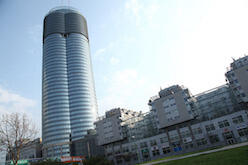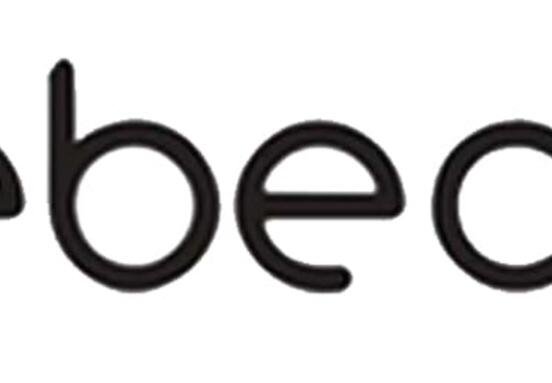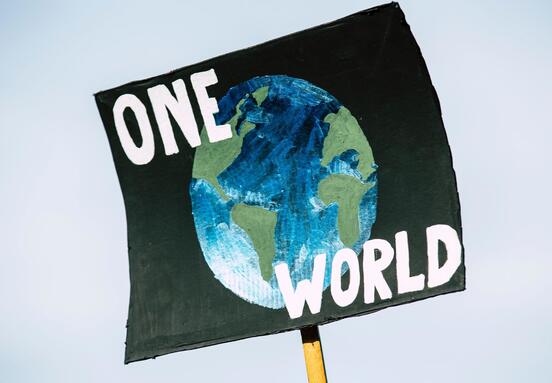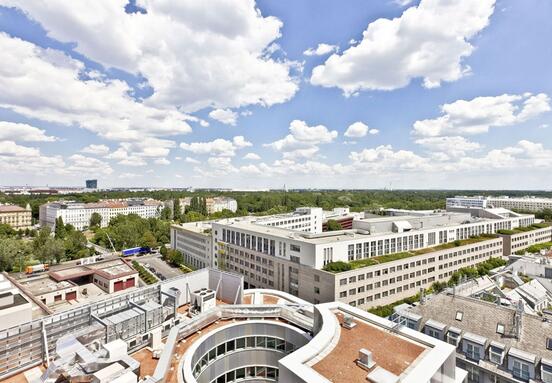In 2014 the Viennese investment market was marked by cash flows at record levels. Three billion euros have been invested, the market volume almost doubled compared to last year. 42% of investments were made in retail properties, real estate offices accounted for 36%. Three major deals were responsible for about 25 percent of the total volume: The Millennium Tower, together with the Millennium City, the shopping center G3 and the new ÖBB headquarters at the main station. According to the WirtschaftsBlatt 24% of investors, despite those from Germany, come from foreign countries, that is the highest number in market since 2008. The strong demand caused a rise in price of real estate, which does not not only Austria, but Germany too.
"The investment market is attractive at the moment. Vienna is a very good place", says Christoph Stadlhuber, CEO of Signa Holding. Austria is traded, alongside Germany, Canada, New Zealand and Australia, as a safe investment market and can increasingly attract investors from countries such as China or from Asia and South America. Stadlhuber: "The criteria for investment objects remain always the same: It is about long-term fully leased, attractive properties in good locations."
The interest of international investors may affect the domestic market in other aspects too. "When evaluating the property International investors look much more on the settlement and the process and how the values of an object come about," says Michael Reinberg expert in real estate evaluation from Reinberg and partners. An international standard practice, the "domestic buyers can often miss." He hopes that Austria adapts the practices with the increased involvement of foreign investors.
Increase of risk
But the WirtschaftsBlatt also shows that the market becomes slowly but surely empty. More and more investors focus on "core +" and project developments. "It makes more economic sense to put the money into riskier development projects, as idly watching the melting of the account balance," says lawyer Alfred Nemetschke. His statement: Even if the return of project acounts only about two percen tinstead of the planned six percent return that is still between 2.5 to three percent better than a predisposition to a negative interest-bearing deposit account. "The trend is towards developments and more risk." Although the market currently is somewhat "empty" and hardly any new projects coming on the market, the investment pipeline is filling. "Due to the limited project pipeline more and more existing construction surfaces are absorbed by the market," says Martin Weinbrenner, Head of Commercial Real Estate at the Otto Real Estate Group. "Recently completed properties mature in the course of the year to attractive investment products."
Demand remains
That demand will tear down is not to be expected, rather the opposite. "Due to the flood of money by the ECB the demand for attractive real estate investment will remain high, which will lead to an increase in prices," says Michael Zöchling, managing director of BAR. "Paticularly large and mayor projects should be able to benefit from it." The prime yield could therefore this year fall by another 25 to 50 basis points.
Source: 13.2.2015, Walter Senk, WirtschaftsBlatt, http://wirtschaftsblatt.at/home/life/immobilien/4661484/Attraktiver-Markt-sorgt-fur-Nachfrage
Picture: (c) Copyright: Foltin







